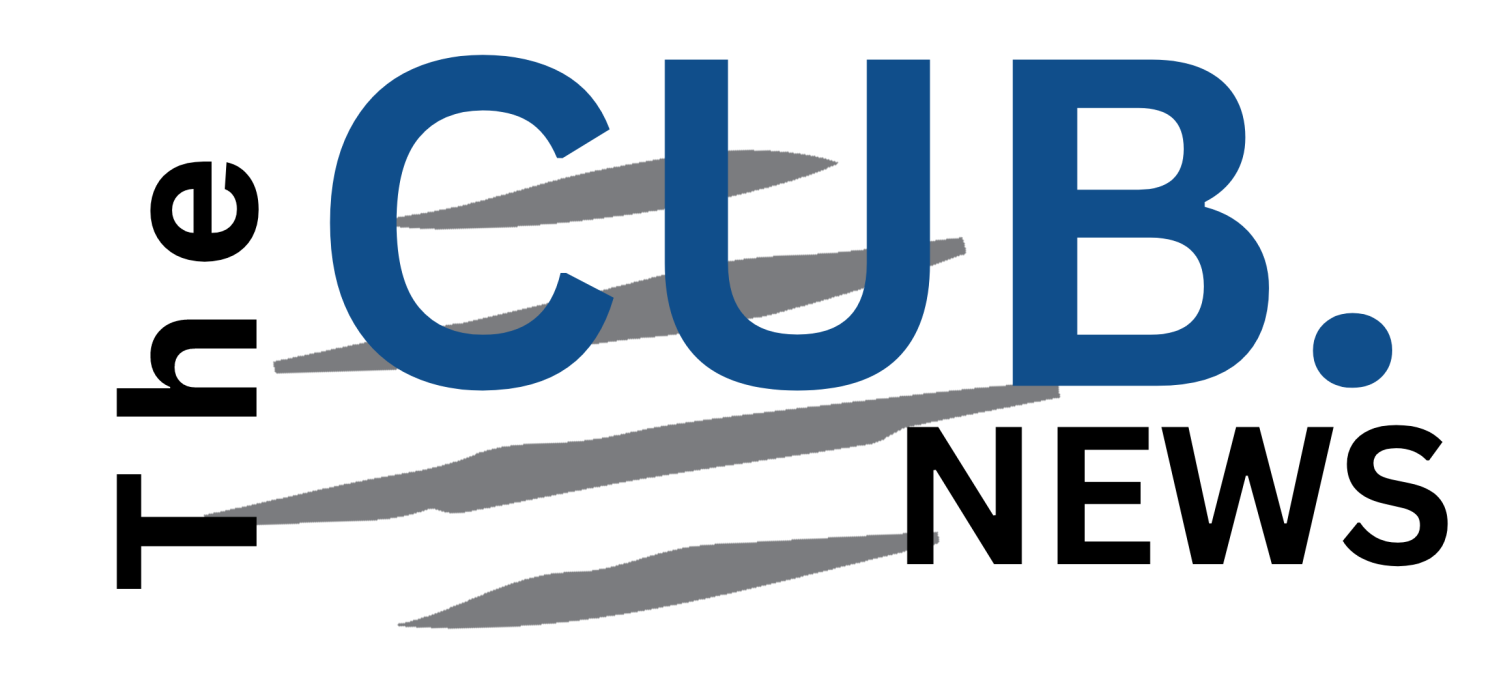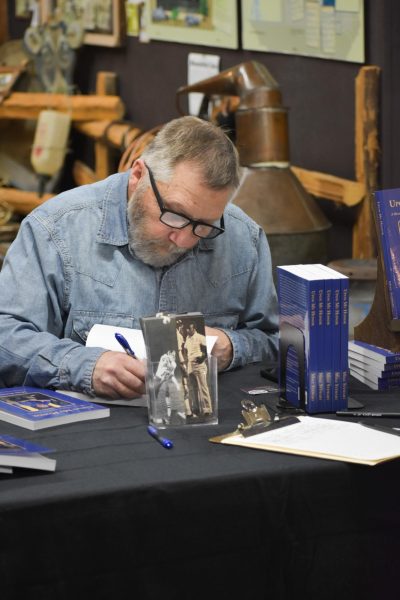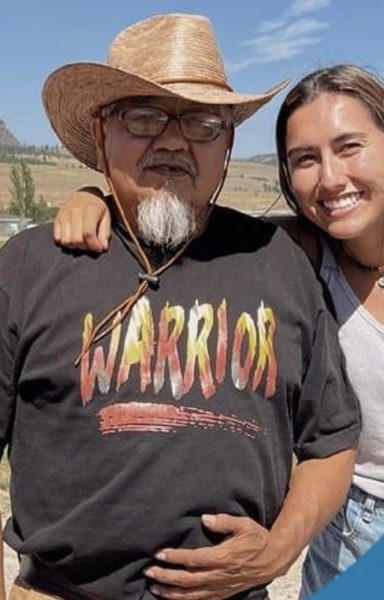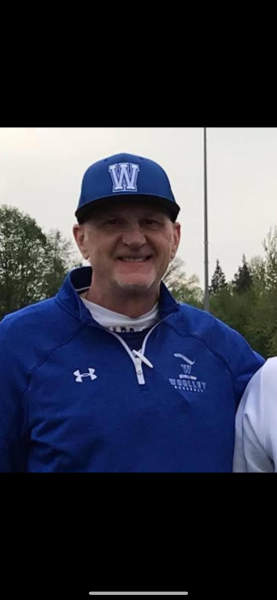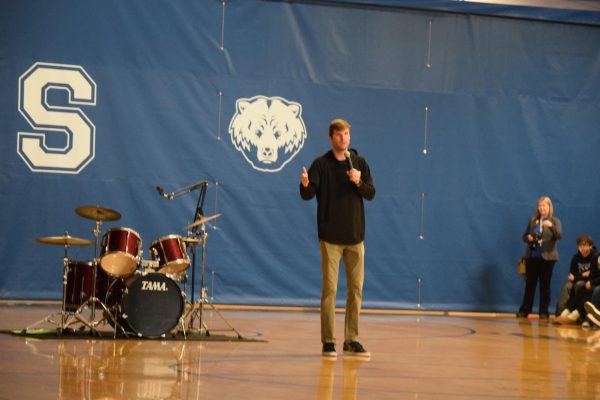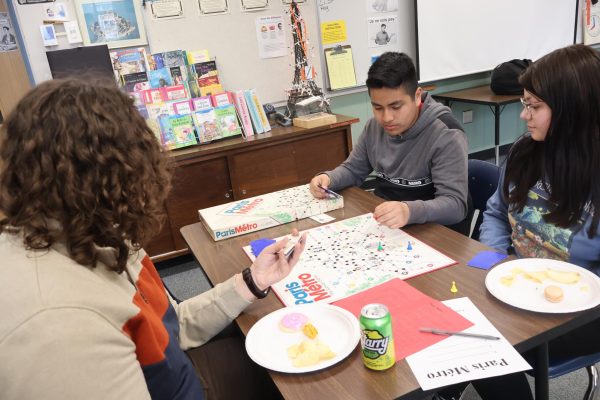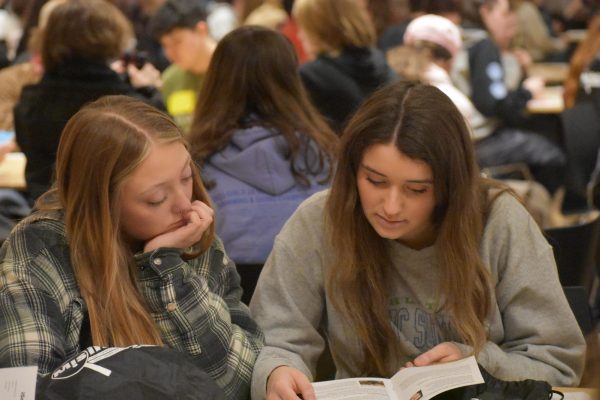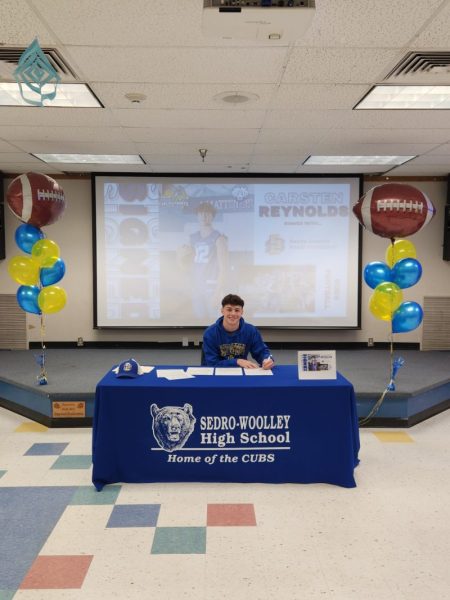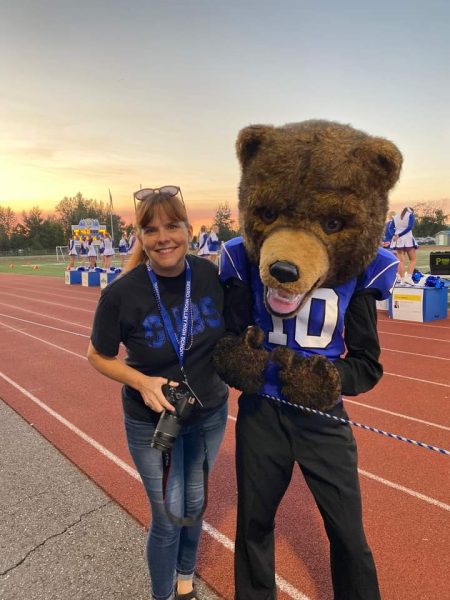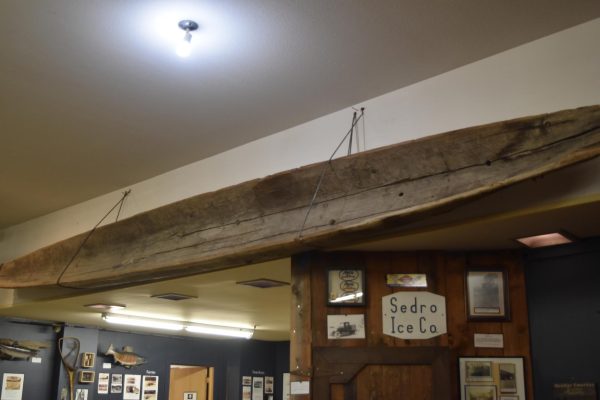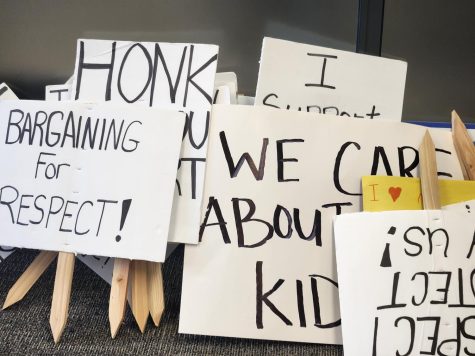A Look at Native American Identity Within the School System
With more states across the US coming around to the idea of celebrating Indigenous People’s Day rather than Columbus Day on October 14, and Thanksgiving looming just around the corner, a national conversation about the importance of Native Identity in the modern world is underway.
The numerous Native American tribes that make up the Pacific Northwest region have left their mark on society through language, art, architecture, and many other aspects of the PNW culture.
Today, the number of Native Americans and Alaskan Natives living in Washington State reaches over 130,000, according to the Washington State Office of Financial Management.
Sedro-Woolley School District Superintendent Phil Brockman estimates that 34 Native American students make up the 1,168 students enrolled in Sedro-Woolley High School, leaving them in the vast minority.
SWHS junior Troy Peterson carries this feeling of being an outsider with him at all times. “There’s never really a time that I don’t know that I’m a minority,” said Peterson, who belongs to the Upper Skagit Tribe.
Skagit County has come a long way in terms of acceptance since 1973, when another member of the Upper Skagit Tribe, Jay Bowen, graduated from Mount Vernon High School.
“I Ieft Mount Vernon my junior year to get away from the extreme racism I was suffering,” said Bowen. “And from January until June, I hitchhiked from south Mount Vernon to Burlington High School everyday, never late once. I had to leave Burlington when a teacher discovered I lived out of district.”
Bowen explained that he suffered the isolating ridicule from both students and faculty with only his siblings and a handful of hispanic students that could understand his experience.
“There was little to no support for native students,” said Bowen.
Peterson can relate, but feels that the number of students who he can relate with is not nearly as important as the strength of their bond.
“I don’t think the fact that there’s less of us bands us together, but the fact that we all come from the same Tribe bands us together,” said Peterson.
In the last 40 years, educational standards have changed and adapted to keep in mind the challenges that not only Native American students, but all minorities are faced with in the public school system.
According to SWSD Superintendent Phil Brockman, race, ethnicity, students with Adverse Childhood Experience (ACE), and financial status all face a wider gap of disproportionality, which districts across the country have recently focused on closing.
“We have to figure out a way to keep kids in school, to support them and help them not only in their grades, but socially/emotionally as well,” said Brockman.
In an effort to close this gap, schools across the district are focusing on keeping students in class. Brockman notes that the less time students spend out class for disciplinary reasons, the more likely they are to graduate.
Just a few weeks ago, Evergreen Elementary, located just a few miles from the Upper Skagit Tribal Reservation, introduced new art installation that recognizes native culture. Artist and carver Peter Dunthorne spent four years perfecting the intricate relief that now welcomes all who enter the school. The design includes a tribal-style eagle with a human face on it’s chest.
The installation offers a reminder of the relationship between the natural world and humanity’s role within it.
SWSD’s neighbor, La Conner School District has implemented numerous ways of supporting Native culture within their school district. La Conner School District students, 34.7 percent of whom are Natvie American or Alaskan native according to the Office of Superintendent of Public Instruction (OSPI), have access to guest speakers, Lushootseed language classes, and Native art and carving classes.
La Conner School District Superintendent Dr. Whitney Meissner explains that since implementing cultural support, the relationships she has seen her students build with other students and staff have been encouraging.
“More students are feeling connected to school, and they are seeing how adults from La Conner schools and Swinomish are working together,” said Meissner.
The Swinomish Tribe, located only a few miles from La Conner High School, works with Meissner multiple times a year to discuss funding and directive on projects targeted to support Native students.
“I believe Native American identity is one of the most overlooked issues in society today, not just school,” said Meissner. “I believe our students are often expected to do a ‘culture transition’ daily because school culture and tribal/home culture are not the same.”
Perterson agrees, describing how being around others who share his culture makes it easier to feel ‘at home.’ “It’s different at home because at home everyone you know understands what you mean in different situations,” said Peterson.
